Where Can I Dispose of Household Hazardous Waste?
Start here: WasteFreeSD is San Diego County’s one-stop zero waste resource for recycling and diversion of household items and hazardous waste from landfills.
More resources are featured below!
What is Household Hazardous Waste?
From acid and adhesives to wax and wood stains, you would be surprised at how many items in your everyday life can be considered household hazardous waste.
Everyone uses hazardous chemicals in their homes, whether it’s an all-purpose cleaner to keep your home tidy, motor oil to keep your car running, or even a pack of batteries to power small (or large!) items. When these items are expired and ready to be disposed of, they become classified as hazardous waste.
Keep Hazardous Waste Out of San Diego Bay!
When hazardous waste items are improperly disposed down the sewer, storm drains, or the regular trash, we run the risk of untreated chemicals seeping into our soil, groundwater, and the natural environment such as our beautiful San Diego Bay. The effects of introducing common household chemicals to the environment can be catastrophic to human health and the bay ecosystem.
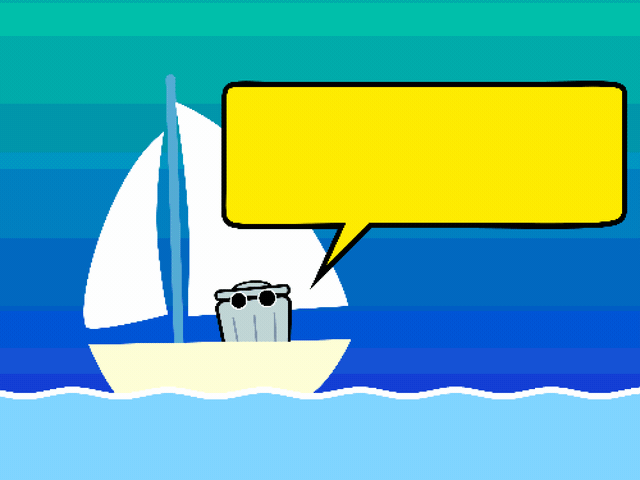
How do I Identify Household Hazardous Waste?
If you’re wondering, “what makes an item hazardous?” We’ve got you covered with a few easy-to-remember hints as well as a breakdown of common hazardous waste categories.
Hazardous Waste Hint 1: Check the Label
Products like latex paint cans or prescription drugs should have indicators on their label that let you know if the contents inside are hazardous. Often, there will be recommended product disposal information indicated as well. Common indicators include the words, “DANGER,” “WARNING,” or “CAUTION.”
Hazardous Waste Hint 2: Always Ask & Check Out the Resources Near You!
If you feel like your item contains potentially harmful chemicals, check out the manufacturer’s website for advice and guidance on appropriate product disposal. For additional advice and resources, look no further than your local city or county! Slide down the page for helpful local resources as well.
Let's learn more about the types of household hazardous waste
Automotive Waste
Automotive waste can include fluids, engine oil or solvents used during normal vehicle repair and maintenance. Improperly disposing of automotive waste down the sewer, storm drains, or in the regular trash results in contamination of our wastewater treatment systems, ground water, and natural waterways, posing a threat to human and environmental health.
Examples: used motor oil, oil filters, unused antifreeze, transmission fluid, windshield washer fluid, fuel
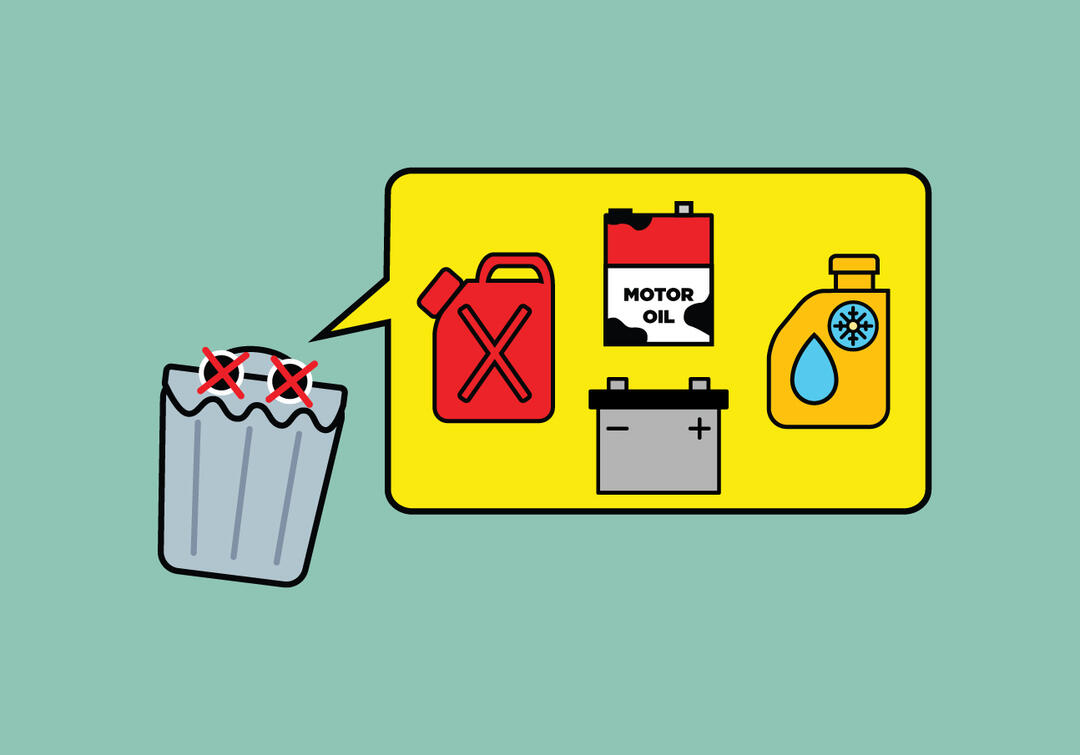
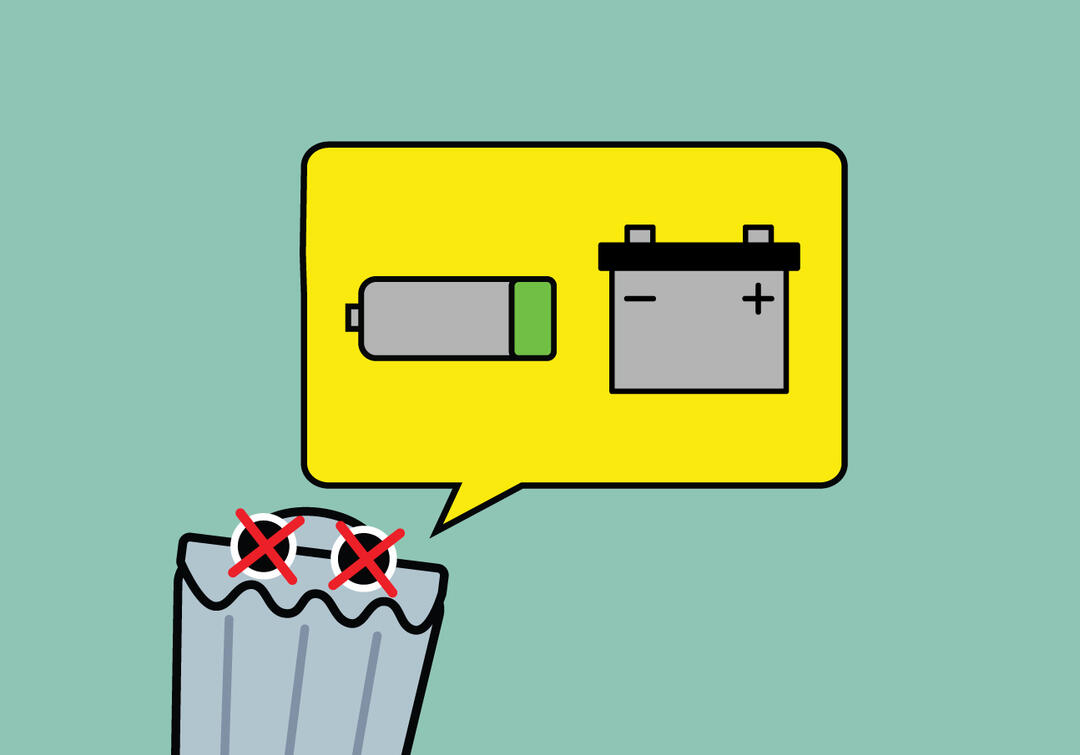
Batteries
Depending on their intended use, batteries can come in a variety of types and sizes. Improperly disposing of batteries in the regular waste bin can increase risk of injury to sanitation workers from reactivity, cause fires, impact air quality, and pose a threat to environmental health.
Examples: automobile batteries, household batteries, rechargeable batteries
Electronics
Electronics such as household or office devices no longer in use in working or non-working condition are known to contain heavy metals such as mercury or lead. These contaminants can seep into ground water or reach waterways during storm events if improperly disposed of in the regular trash, harming human and environmental health.
Examples: computers, monitors, televisions, phones, printers
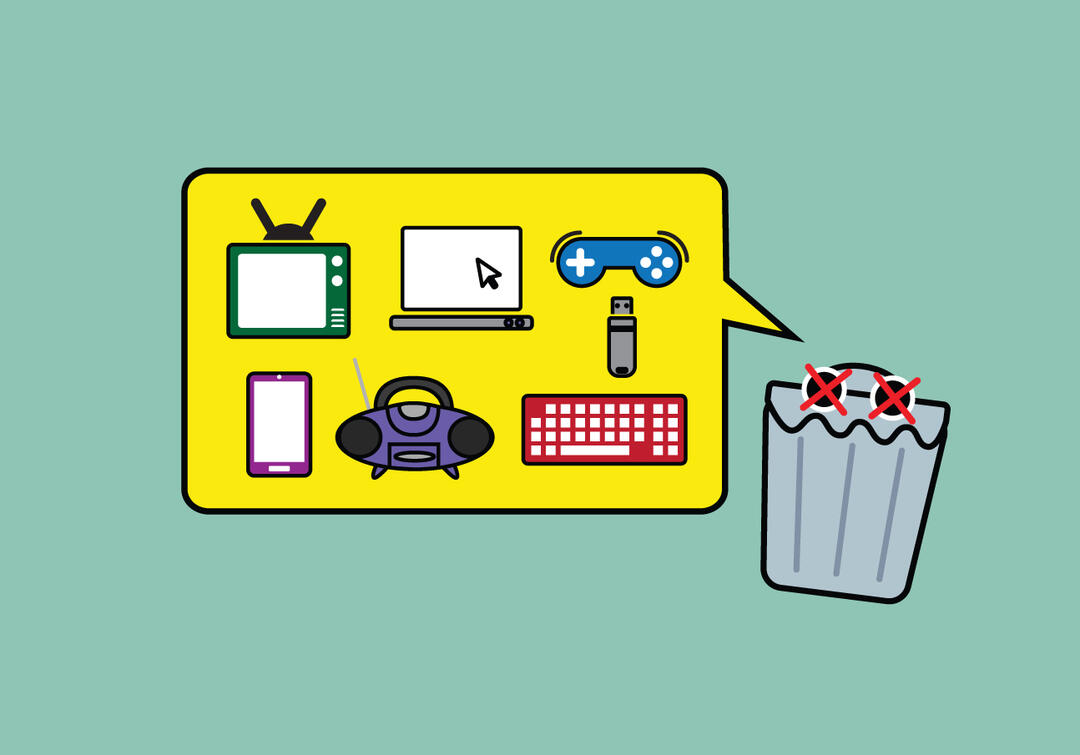
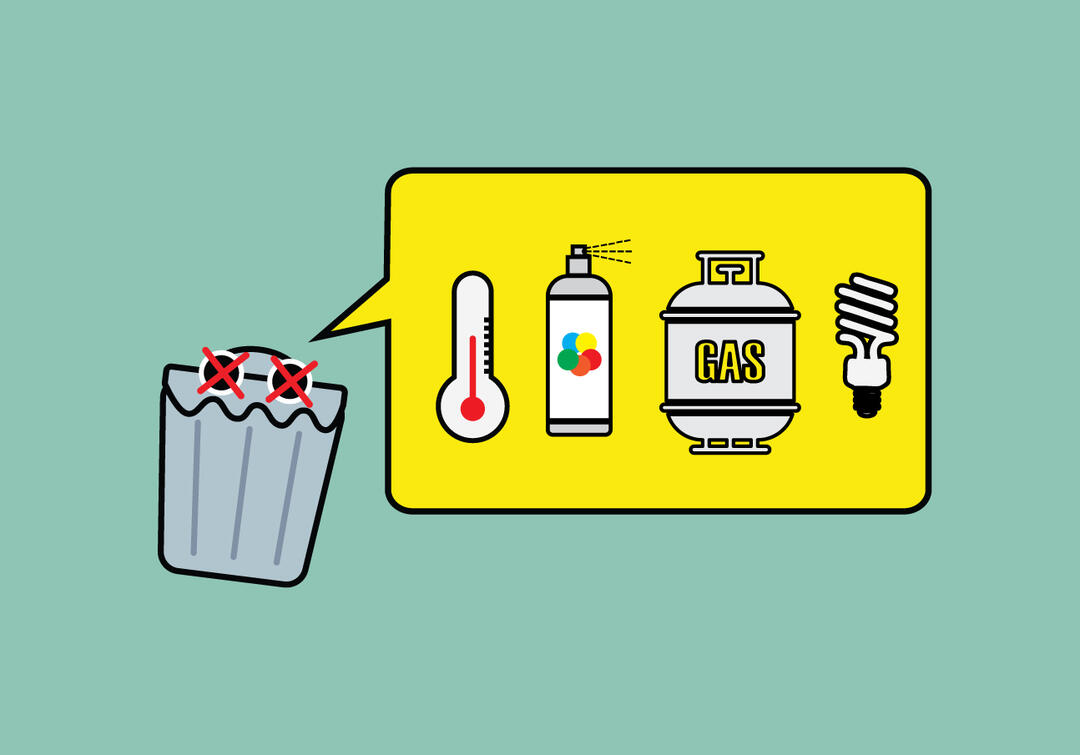
Household Chemicals
Household chemicals can come in a variety of products. These are non-consumable products commonly designed to help with home or office maintenance and improvement. If these products are handled or disposed of incorrectly, they can pose a threat to the health of humans, animals, and the environment.
Examples: cleaners, Latex paints, oil paints, wood stains, solvent, pool chemicals, glues, adhesives
Yard Chemicals
Yard chemicals are the additives and products used in lawn and garden care to improve plant/lawn health or prevent or eliminate weeds, insects, and other harmful plant diseases. If disposed of improperly, yard chemicals can pose health risks to humans, wildlife, and the environment.
Examples: pesticides, fertilizers, weed and vegetation killers
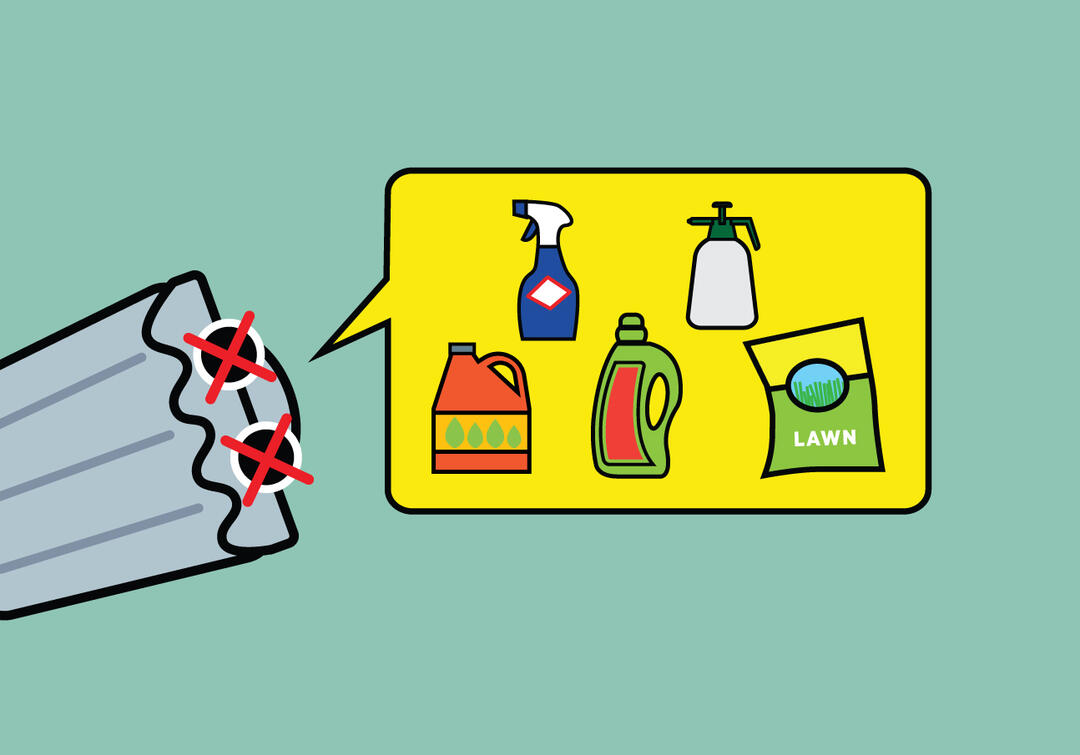
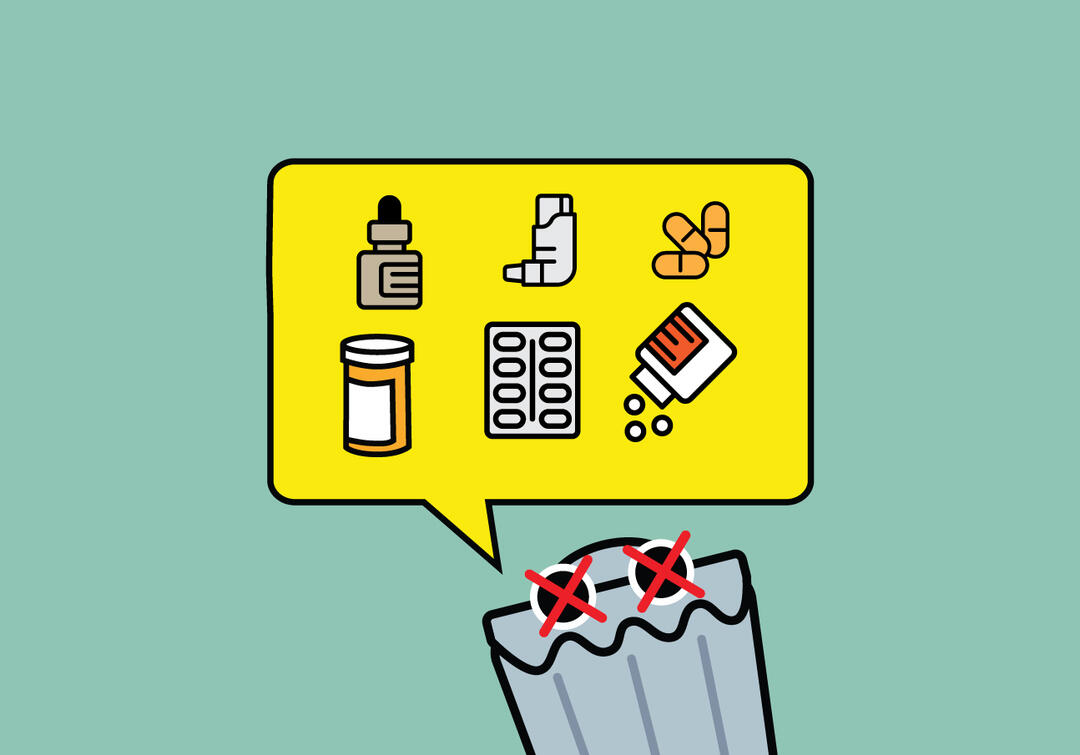
Pharmaceutical Waste
Pharmaceutical waste can refer to products used for personal health and treating ailments, such as prescription drugs, over-the-counter medicines, or syringes. While these products may be beneficial to the people using them, they can lead to long lasting environmental impacts if improperly disposed. Pharmaceuticals that make their way into the natural environment cause greenhouse gas emissions. They also can alter the growth and development of plants, animals and marine life, and are a factor in creating antibiotic resistant bacteria that could be harder to treat.
Examples: medicine, sharps – including needles, lancets, syringes
And more!
- Mercury items such as thermometers and thermostats
- Aerosol cans
- Propane
- Fluorescent lights - including tubes and Compact Fluorescent Lamps (CFLs)
- Large appliances – including refrigerators, ovens/stoves, air conditioners, microwaves
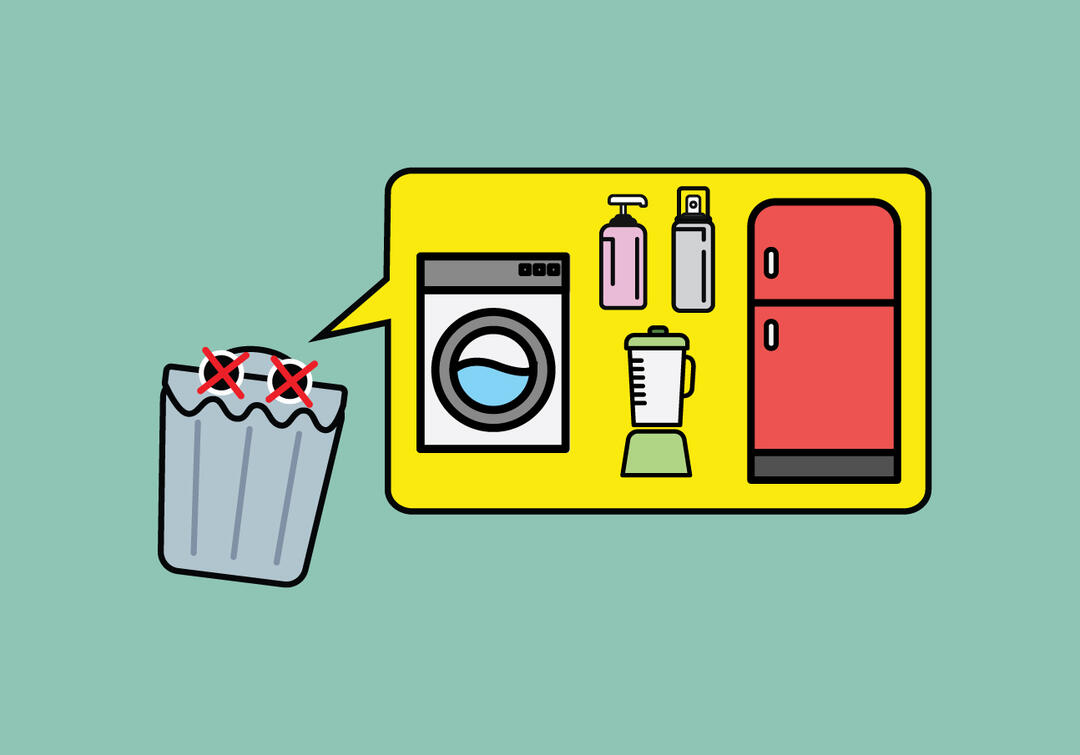
Where in San Diego can you dispose of your Household Hazardous Waste?
Follow the links for more information!
San Diego County:
- WasteFreeSD is San Diego County’s one-stop zero waste resource for recycling and diversion of household items and hazardous waste from landfills. Find WasteFreeSD here
- The San Diego County Department of Public Works has compiled a broad selection of information and drop off sites to help you dispose of your HHW depending on the type (electronics, chemicals, sharps), your location, and your affiliation! Find San Diego County Department of Public Works here
- Household Hazardous Waste Information Contact List to easily find your local disposal information
City of San Diego:
- City of San Diego Environmental Services
- City of San Diego site for appointments to drop of Household Hazardous Waste
- City of San Diego Hazardous Waste hotline: (858) 694-7000
Chula Vista*: Chula Vista Environmental Services
Coronado: City of Coronado Household Hazardous Waste Collection
Imperial Beach*: City of Imperial Beach Household Hazardous Waste Collection
National City*: National City Public Works Trash & Recycling
*South Bay Household Hazardous Waste Collection Facility will accept household hazardous waste from Chula Vista, Imperial Beach, National City and Unincorporated San Diego County residents, free of charge and no appointment necessary!
State: California Department of Toxic Substances Control
- The California Department of Toxic Substances Control works to protect the environment and communities by ensuring compliance with hazardous waste laws. Find them here
National: Safer Choice
- Safer Choice is an EPA Pollution Prevention program that helps consumers, businesses, and purchasers find products that perform and contain ingredients that are safer for human health and the environment. Find them here
